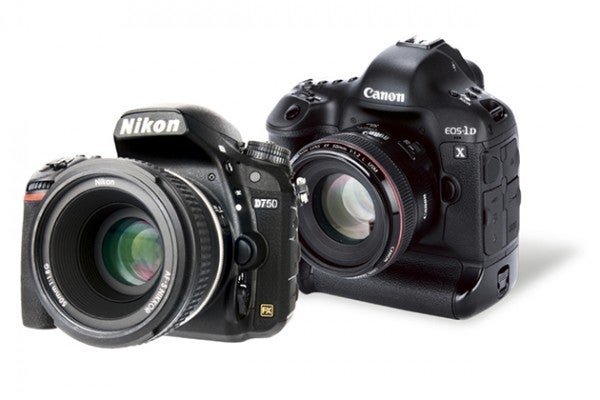Bob Newman on why some quality issues cannot be foreseen
Reasonably regularly, most camera manufacturers have a problem requiring a product recall. This is in part due to the complexity of a modern camera. Humans not being infallible, the camera’s designers fail to foresee the consequences of their design decisions. A good example of this was a problem affecting early examples of the very successful Nikon D750. I use this as an example because it is a problem Nikon has acknowledged and issued the requisite product recall, and not to suggest that the company is prone to such issues. In fact, every camera manufacturer has had at least one similar episode in the past few years.
The nature of the problem was that internal reflections from the autofocus sensor unit could cause glare in some cameras, in some circumstances. It’s possible that the problem was a result of Nikon’s decision to squeeze the dimensions of the camera, resulting in more constraints within the mirror box than there would be in its large full-frame cameras.
When the problem was discovered, there was a lot of discussion criticising Nikon’s quality control (QC). In fact, such problems have nothing to do with QC. Quality control is the process by which a manufacturer ensures that each example of the products it makes conforms to the designers’ specifications. The reasons that one might not may be incorrect assembly, materials variation or issues with the manufacture of subcomponents.
Regulating the quality of a product by quality control at the end of production is the most expensive way to operate, since a product that is rejected has been through the entire manufacturing process. Also, determining what is ‘good quality’, without reference to a specification, is a difficult and skilled job, so having such inspectors is an expensive proposition. Also, some problems take time to become apparent.
For this reason, the favoured approach in modern industry is quality assurance (QA). This is the planning of the whole of the production cycle to ensure that quality is maintained at each stage,
with the theory being that if each stage of the production process conforms to the quality standards, then the end product must also. In Japanese industry this has evolved into a method called total quality management (TQM).
However, none of these approaches would have detected the problems affecting the D750. Apparently, the AF units were assembled in the body within the defined production tolerances but at one end of that tolerance range the unit protruded enough to cause the reflection flare problem in particular lighting conditions. To detect this before production started would have required extensive field testing, and some luck, in that the field test units would have been assembled at the wrong end of the tolerance range, and used by photographers shooting in certain light conditions. Buying an early production model of something as expensive as a camera carries the risk that there will be an unforeseen problem.
Bob Newman is currently Professor of Computer Science at the University of Wolverhampton. He has been working with the design and development of high-technology equipment for 35 years and two of his products have won innovation awards. Bob is also a camera nut and a keen amateur photographer





